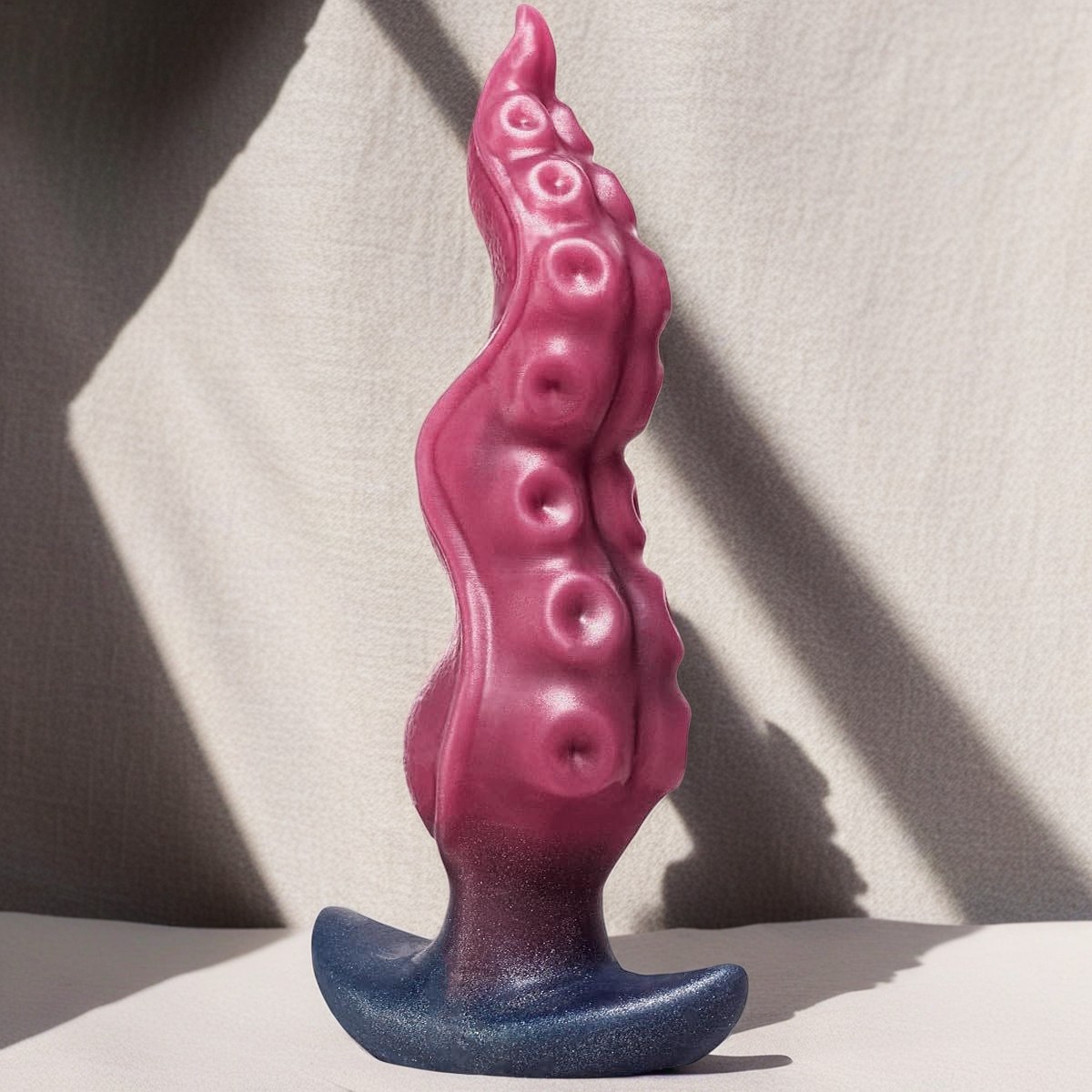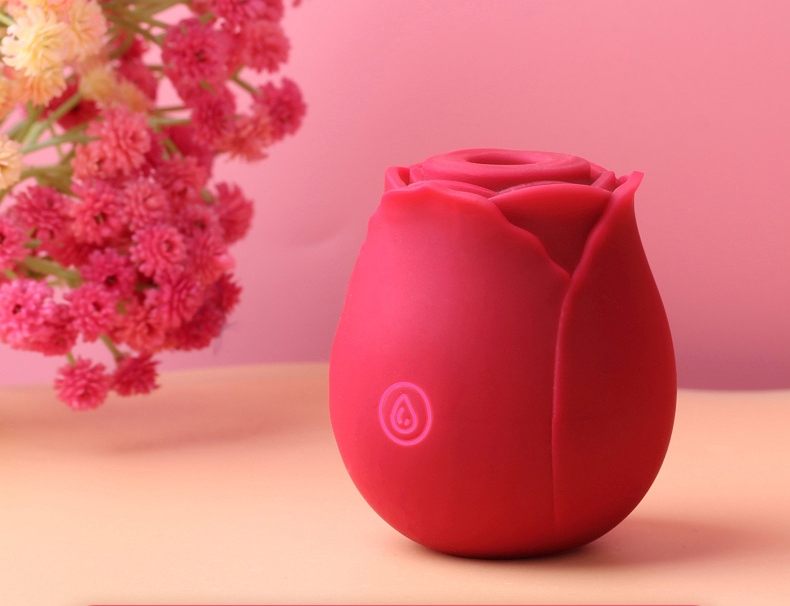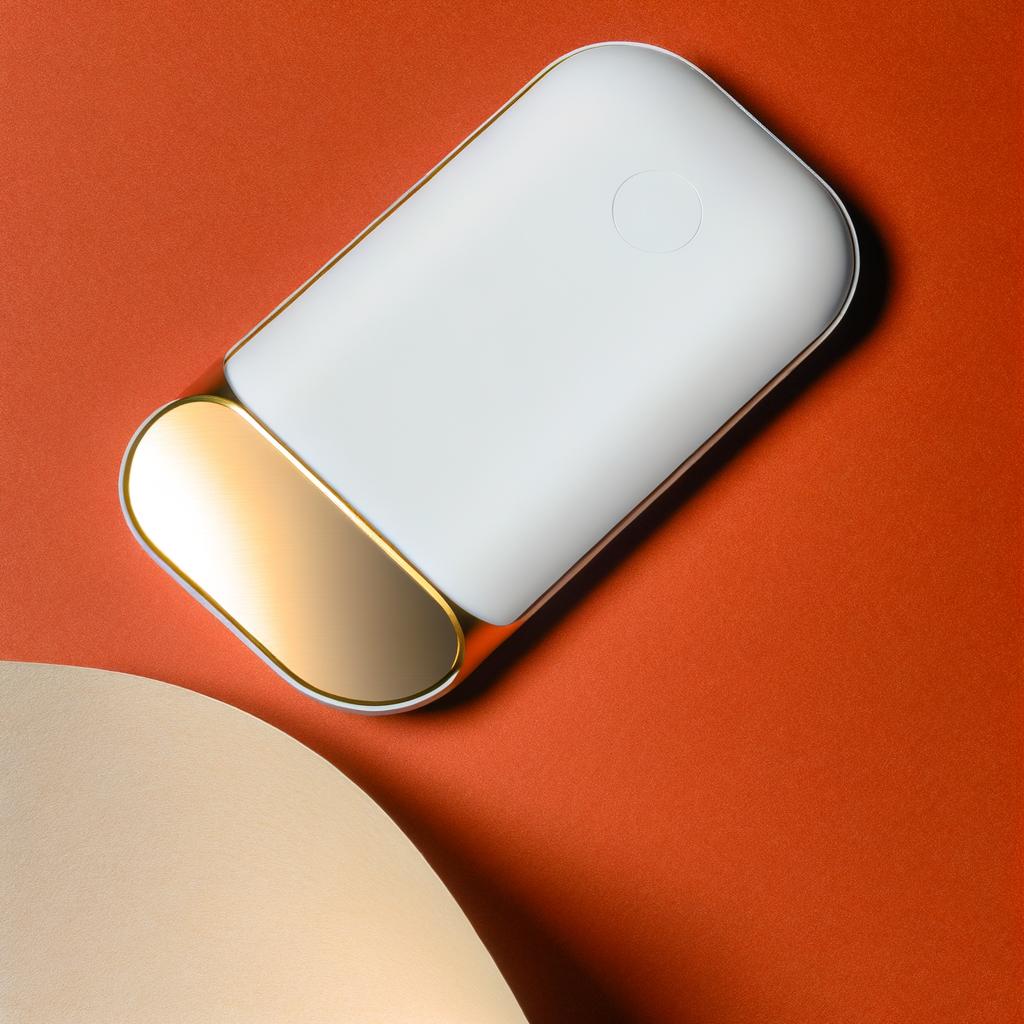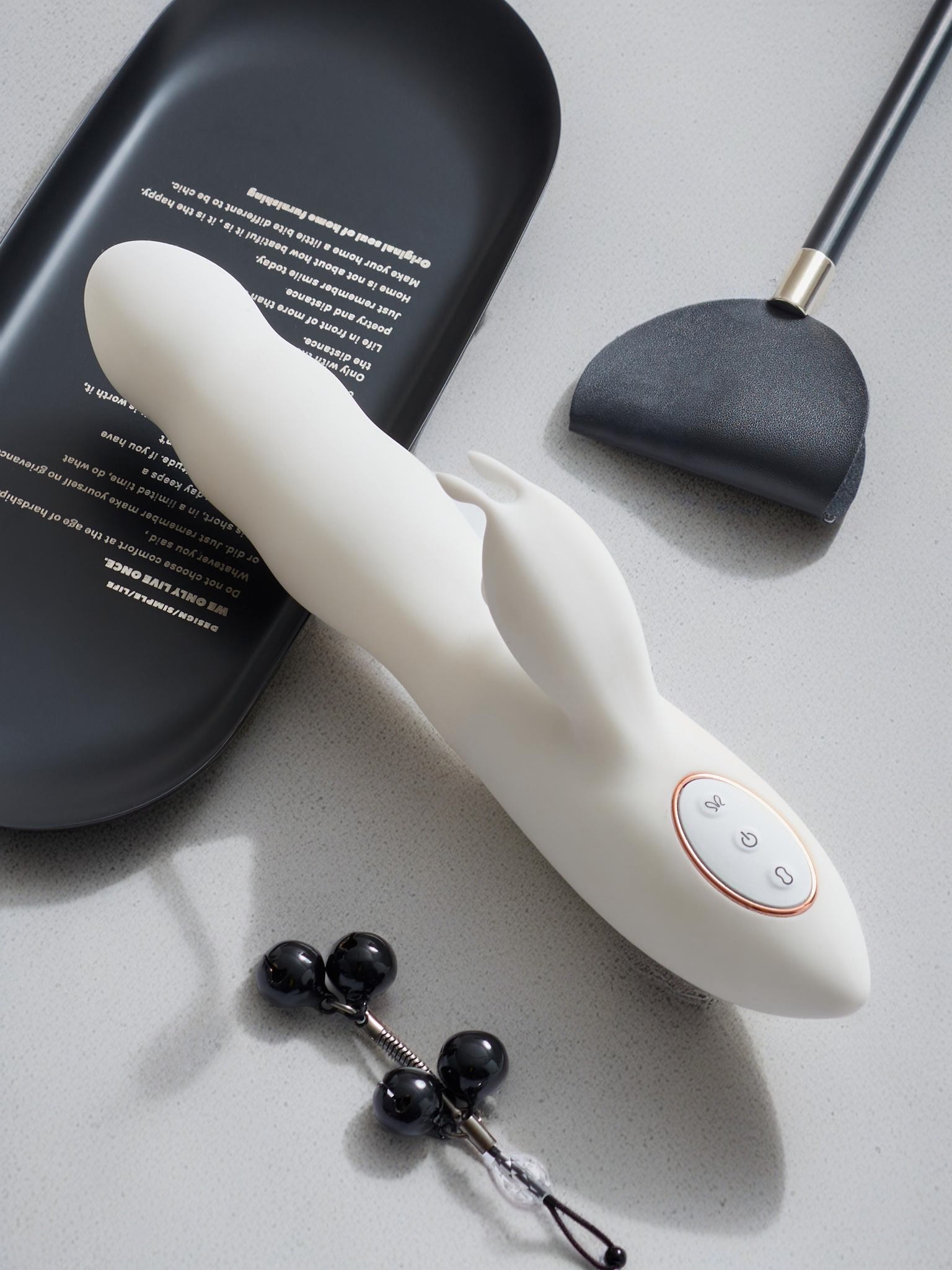The Origins and Invention of the Dildo

Who invented the dildo? While the answer might not lie within an individual’s name or a specific point in time, the story of the dildo is steeped in rich history. Evidence suggests that the history of the dildo spans thousands of years, with archaeological finds uncovering these items from as far back as ancient civilizations. These artifacts illuminate aspects of human sexuality and provide insights into how dildos were perceived across different eras. The dildo’s timeline reveals advancements not only in the materials used but also in the understanding and acceptance of sexuality.
The History of the Dildo
The first dildo invention can be traced back to prehistoric times. Archaeological discoveries have unearthed dildos made from materials such as stone, tar, wood, and even animal bones, showcasing the ingenuity of our ancestors in crafting pleasure devices. Ancient dildos found in the ruins of civilizations such as Ancient Greece, China, and Egypt highlight their widespread use. These artifacts also reveal the cultural significance of dildos in these societies, often symbolizing fertility, power, or religious rituals.
Ancient Origins
Evidence of phallic-shaped objects resembling modern dildos appears in ancient civilizations. Archaeological findings from the Upper Paleolithic era, around 30,000 years ago, suggest that these early artifacts may have been used for sexual stimulation or ritualistic purposes.
In ancient China, dildos, known as “Suo” or “swords,” were crafted from stone and wood, symbolizing sexual prowess. Similarly, in India, ancient Hindu texts like the “Kama Sutra” discuss sexual pleasure and the use of phallic objects, highlighting the cultural significance of eroticism. Ancient Greeks and Romans also engaged with these objects; the term “olisbos” in Ancient Greek referred to a dildo made of soft wood, while Roman art and literature depict the use of phallic-shaped objects as instruments of pleasure.
Middle Ages to Renaissance
The Medieval period witnessed a shift in attitudes towards sexuality, heavily influenced by religious doctrines that imposed restrictions on open discussions of sexual practices. However, it is likely that the use of phallic objects persisted, albeit discreetly.
With the Renaissance came a resurgence of interest in human anatomy and sexuality. Dildos continued to appear in literature and art, reflecting a growing curiosity about sexual pleasure and the human body.
19th Century: The Advent of Modern Dildos
The Industrial Revolution marked a turning point in the dildo’s history, as advancements in manufacturing led to mass production. Early dildos were crafted from rubber and other materials, marketed for both pleasure and medical purposes. Notably, some manufacturers promoted these objects as cures for “hysteria,” a condition often used to describe women experiencing sexual dissatisfaction or anxiety.
20th Century: Sexual Revolution
The post-World War II era heralded the sexual revolution of the 1960s and 1970s, during which societal attitudes towards sexuality became more open. Dildos gained acceptance and visibility, becoming a symbol of sexual exploration. The feminist movement played a crucial role in reshaping these perceptions, with women advocating for sexual empowerment and the recognition of dildos as tools of pleasure rather than shame.
Dildo Materials Through the Ages
Dildos have evolved significantly over the centuries, from rudimentary tools to sophisticated objects of desire. Early dildos were simple, often improvised from clay or stone. As society advanced, so did the materials used for crafting dildos—carved ivory, hardwoods, and even metal were introduced. In the modern era, with the advent of new materials, silicone has become a popular choice, offering safety, durability, and a realistic feel.
The Cultural Significance of Dildos
Throughout history, dildos have represented more than mere instruments for pleasure. They have been associated with cultural and sexual liberation, as seen in the writings of ancient Greek poets or the depiction of this tool in erotic art. The dildo has played a vital role in LGBTQ+ history as well, symbolizing empowerment and acceptance.
Dildos in the 21st Century and Beyond
Today’s dildos are celebrated not just for their functionality but also for their design and innovation. Companies like Snailcup have revolutionized the market with products that merge artistry with pleasure. Snailcup’s tentacle-inspired piece represents a fusion of fantasy and reality, crafting experiences that are not only satisfying but also aesthetically enriching.
With advancements in technology, the impact of dildos on sexuality continues to grow, breaking taboos and fostering open discussions about sexual health and pleasure. As we look into the future, the evolution of dildos promises continued innovation, ensuring that they remain a staple in both personal exploration and cultural discourse.
Conclusion: The Legacy of Dildos
The history of the dildo is a testament to humanity’s enduring curiosity and creative expression. By examining the past, we acquire a better understanding of the evolution of dildos and their transformative role in shaping conversations around sexuality. As culture and technology evolve, so too will the design and significance of dildos, contributing to the complex tapestry of human intimacy and desire.







